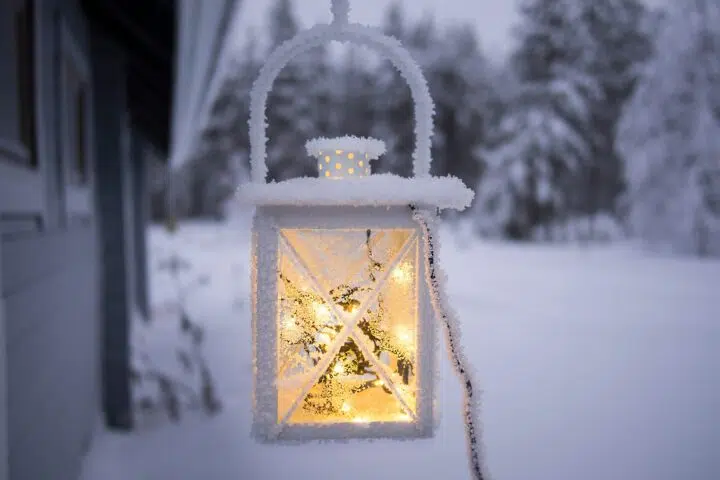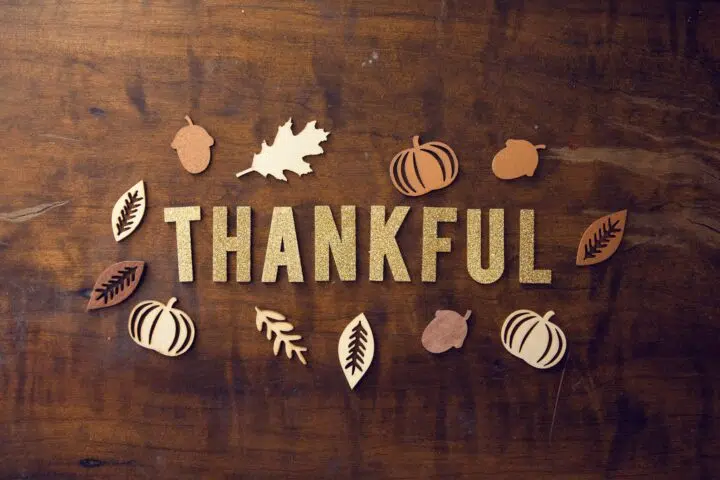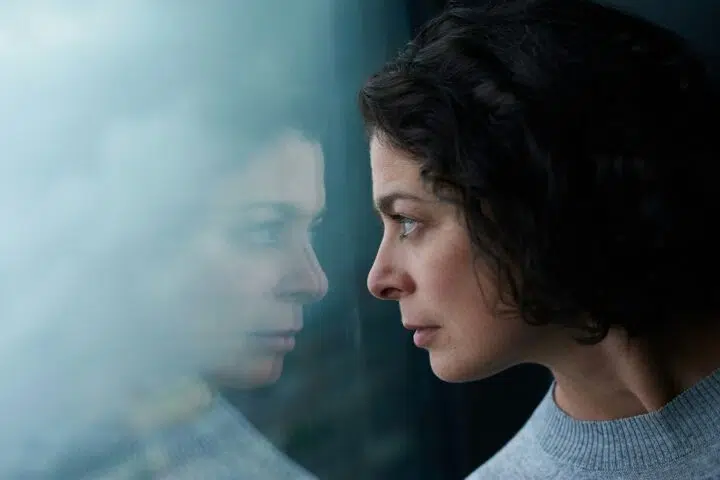The other day I learned that I’ve been singing the lyrics to a song incorrectly for, like, most of my life. The song is from the musical South Pacific, and I always thought the words were, “You’ve got to have a dream. If you don’t have a dream, how you gonna make a dream come true?” The other day, my daughters and I went to a Broadway Brunch for Mother’s Day, and when the singer did her rendition, she sang it, “How you gonna have a dream come true?” This startled me so much that I went home and looked up the lyrics. The singer got it right. I had been wrong.
So what’s the big deal? It’s one word, right? But look at the meaning behind the word! To say, “How you gonna make a dream come true,” implies that you have to work for your dreams. “How you gonna have a dream come true,” suggests it could be handed to you, which we all know is not typically the case.
Besides, in the musical, Bloody Mary is the champion of the two young lovers, who have to fight to protect their forbidden romance. They work to overcome hatred and prejudice just to be together. In other words, they have to make their dream come true, by urging themselves and others to change their views.
I’ve decided to keep singing it my way from time to time, and I hope Oscar Hammerstein won’t mind. We writers choose our words so carefully, after all. But I can’t let go of the inspiration that line has provided me all these years. It’s a message I passed on to my children, two of whom are graduating this month from college and high school and working toward their own dreams.
I think Oscar will understand. As creatives, we know our art isn’t really ours anyway. Each person who experiences it brings to it a piece of themselves and reacts to it in ways that stem from their personal struggles, beliefs, morals, and even hang-ups. Art gets us through our most trying times, and sometimes it does so despite what the artist originally intended. That’s what makes it so powerful. More than anything else, art is fluid enough to be what we need it to be.


